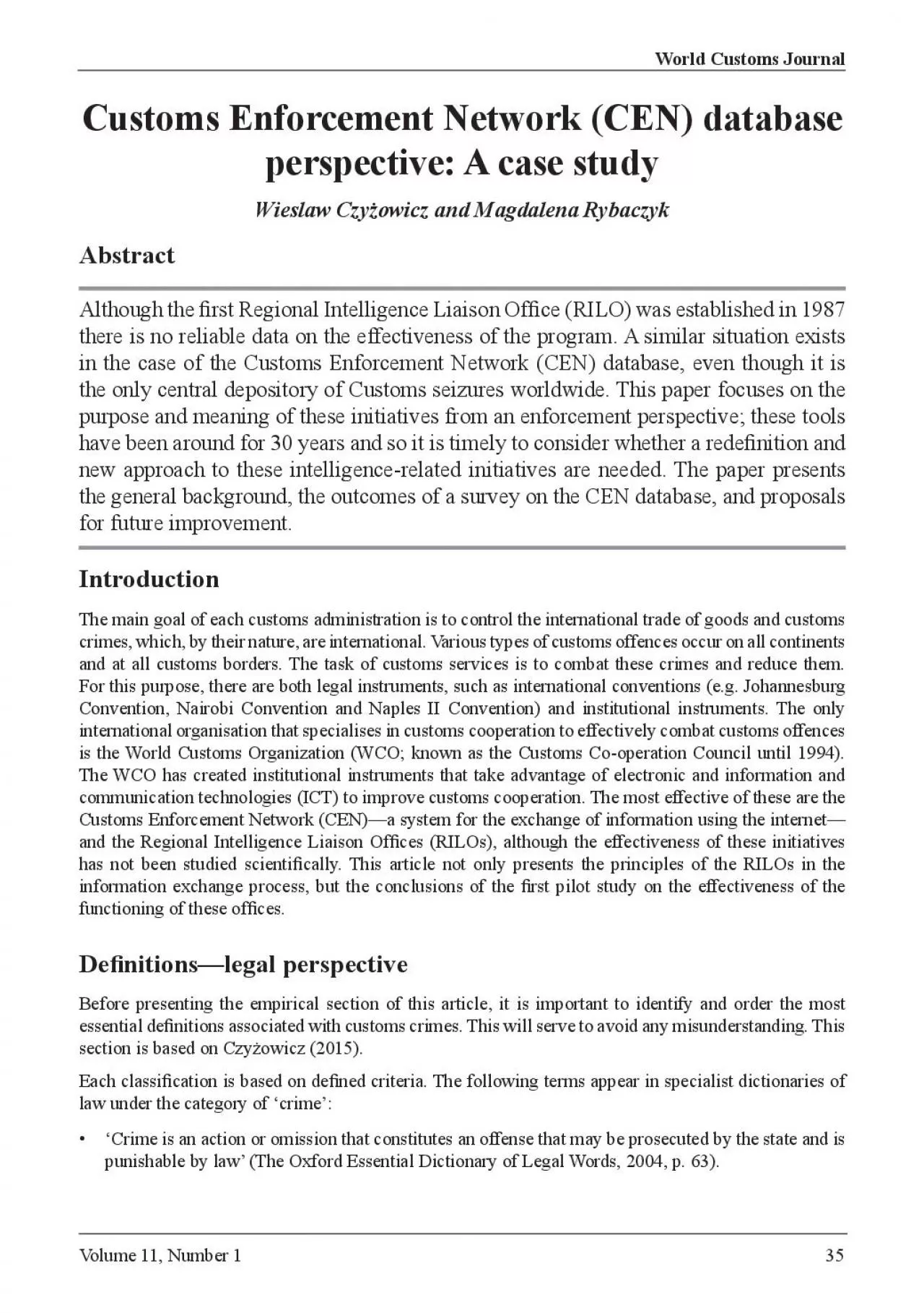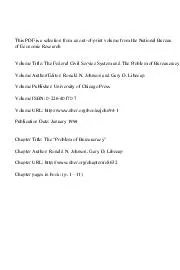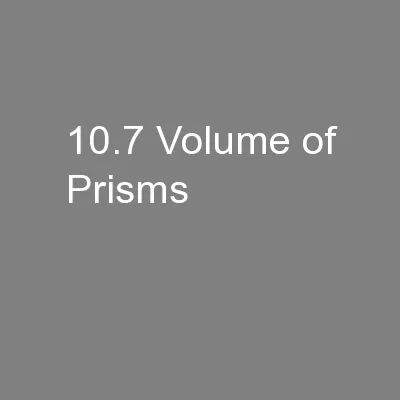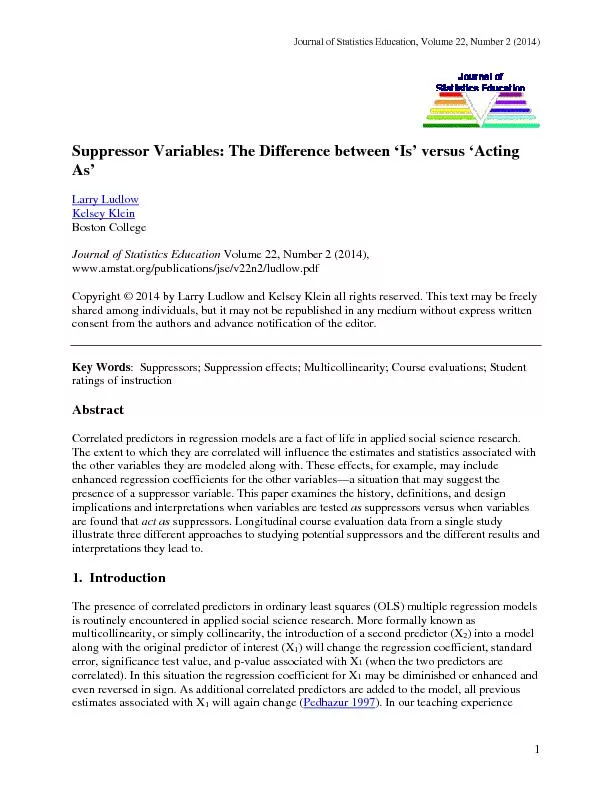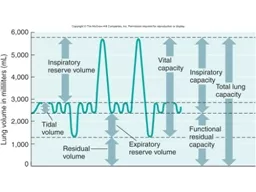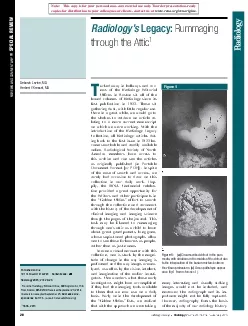PDF-Volume 11 Number 1
Author : amey | Published Date : 2021-06-11
Customs Enforcement Network CEN database perspective A case study Wieslaw Czyżowicz and Magdalena Rybaczyk Abstract Although the x00660069rst Regional Intelligence
Presentation Embed Code
Download Presentation
Download Presentation The PPT/PDF document "Volume 11 Number 1" is the property of its rightful owner. Permission is granted to download and print the materials on this website for personal, non-commercial use only, and to display it on your personal computer provided you do not modify the materials and that you retain all copyright notices contained in the materials. By downloading content from our website, you accept the terms of this agreement.
Volume 11 Number 1: Transcript
Download Rules Of Document
"Volume 11 Number 1"The content belongs to its owner. You may download and print it for personal use, without modification, and keep all copyright notices. By downloading, you agree to these terms.
Related Documents

